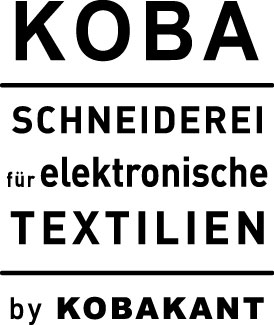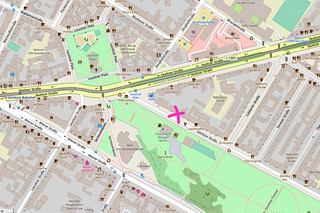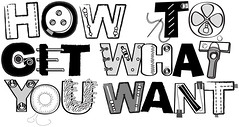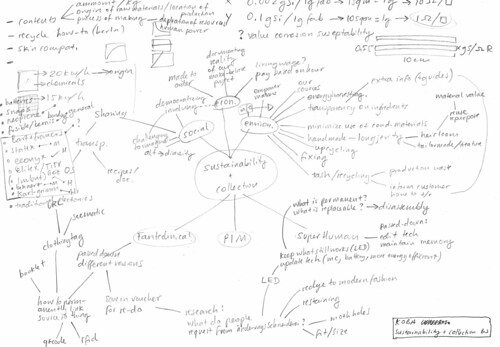Sustainability Pillars
We noticed we are talking about different types of sustainability we aim to contribute in this project. Here are the three pillars of sustainability we would like to address, and discuss about.
Social Sustainability
Technology is monopolized by those with money and the power to produce. Devices are designed for standard/normed archetypes, creating a technology monoculture. As consumers we’re provided with choice, but not challenged to imagine.
Instead we propose to create diversity in technology by inviting everyone to join the process of imagining and innovating.
ACTION: We invite people to participate in the process of production as commissioners to imagine and demand what they want. This is an experiment to create diversity in technology.
Economical Sustainability
Both apparel and electronics sector are known for cheap mass production with globalized labor market. Could we reverse this trend? Could E-Textile product: combination of the above, be made by local producers with proper wage? Could there be a “slow technology”? What does it take for our society to make this possible? Could our society afford such economy?
ACTION: We raise this question by pricing the commission with material costs and work hours. This means the price of the object is based on how many hours it took to make. The hours could be paid with money or be exchanged with the payee with the same amount of hours of labor.
Environmental Sustainability
E-Textiles or wearable technology is not only a fancy new technology, but also a potential cause of new E-waste. Until now, the focus of the designers and developers are tend to be on “it works!” and not so much about what happens when it does not work any longer, or where the materials come from and produced.
In long run, we need to develop a good strategy on how to design E-Textiles for the loop, a scheme for circular economy of E-Textiles.
ACTION: As a starting point, we propose to post “Nutrition List” on each product/project we produce just like the Nutrition list on food we buy in supermarket. In parallel, the result of research on background information on materials listed on the nutrition will be published as a fact sheet. This is to provide necessary information for designers to make sustainable design decisions in their everyday practices and for consumers to make informed decisions when purchasing.
Summary
Overall, what we propose here is to democratize technology and create diversity and transparency. We believe this will result in more sustainable society with more distributed economic system. We anticipate the transparency and diversity will help reducing environmental impact from the production process and material resourcing, contributing to create circular economy.






